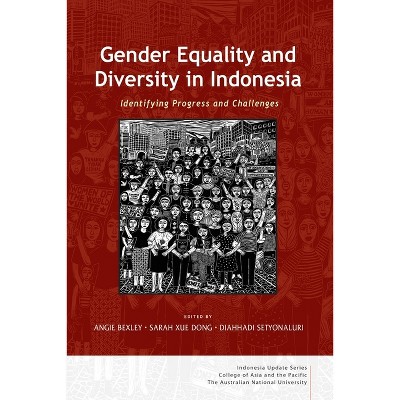Sponsored

The Creative South - by Andrea Acri & Peter Sharrock (Paperback)
In Stock
Sponsored
About this item
Highlights
- This edited volume programmatically reconsiders the creative contribution of the littoral and insular regions of Maritime Asia to shaping new paradigms in the Buddhist and Hindu art and architecture of the medieval Asian world.
- Author(s): Andrea Acri & Peter Sharrock
- 375 Pages
- Religion + Beliefs, Buddhism
Description
Book Synopsis
This edited volume programmatically reconsiders the creative contribution of the littoral and insular regions of Maritime Asia to shaping new paradigms in the Buddhist and Hindu art and architecture of the medieval Asian world. Far from being a mere southern conduit for the maritime circulation of Indic religions, in the period from ca. the 7th to the 14th century those regions transformed across mainland and island polities the rituals, icons, and architecture that embodied these religious insights with a dynamism that often eclipsed the established cultural centres in Northern India, Central Asia, and mainland China. This collective body of work brings together new research aiming to recalibrate the importance of these innovations in art and architecture, thereby highlighting the cultural creativity of the monsoon-influenced Southern rim of the Asian landmass.
"Although Maritime Asia in mediaeval times was not as densely populated as the agrarian hinterland, Asia's coasts were highly urbanized. The region from southern India to south China was a heterogeneous blend of cultures, leavened with a strong interest in trade. This cosmopolitan society afforded plentiful opportunities for artists to find patrons and develop individual styles and aesthetic sensibilities. In the bustling ports of Asia's south coast, rulers sought to embellish their prestige and attract foreign merchants by sponsoring the development of monumental complexes and centres of learning and debate. These educational institutions attracted teachers from all over Asia, and in their cloisters they developed new intellectual frameworks which were reflected in works of art and architecture. Scholars moved frequently by sea, influencing and being influenced by other foreigners such as Japanese and central Asians who were also attracted to these places.










